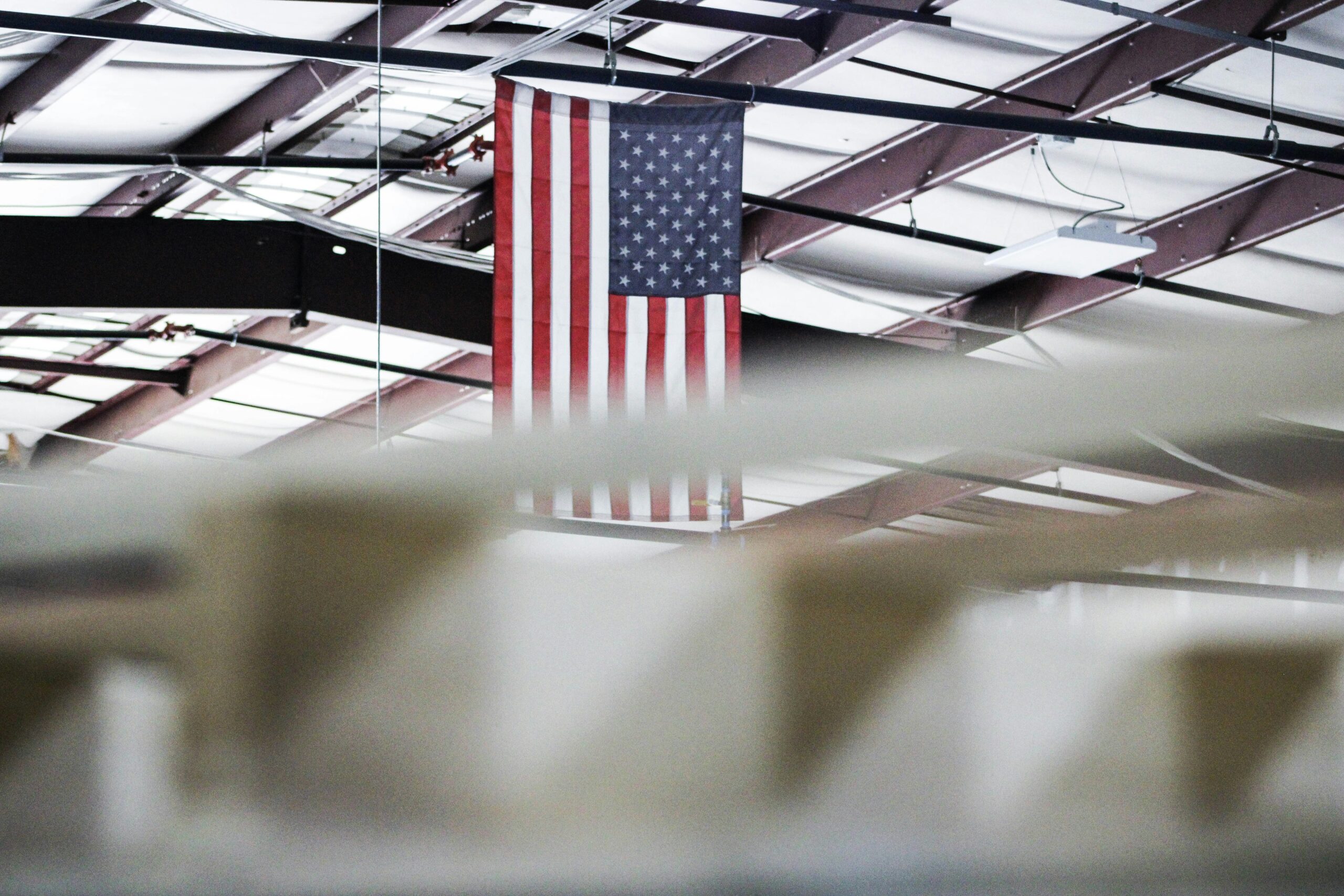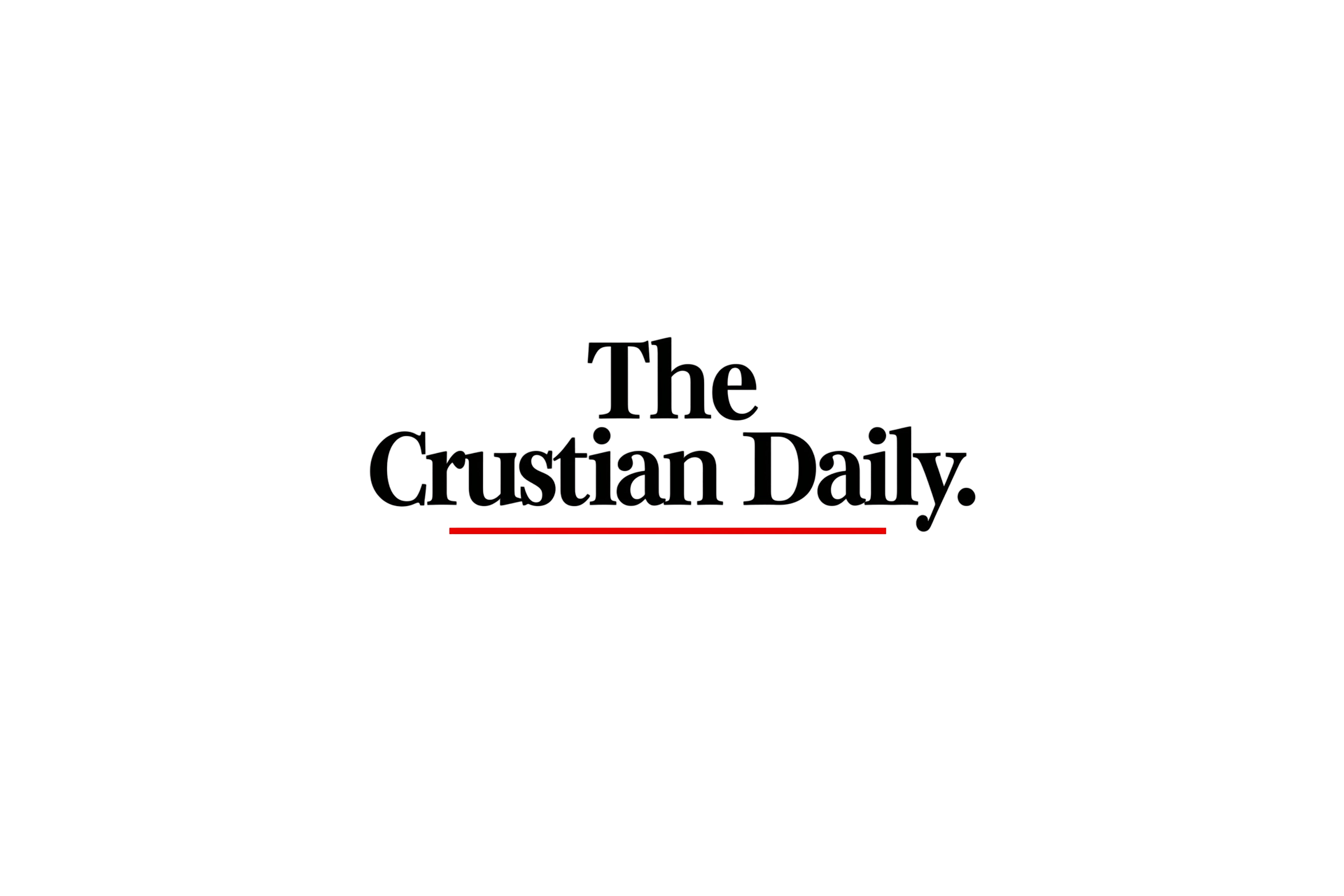The promise was cheaper, better, and more efficient. What we got was broken trains, skyrocketing energy bills, and corporations holding governments hostage.
In the late twentieth century, a new economic orthodoxy took hold in Western democracies. Governments, advised by free-market economists and pressured by international lenders, began selling off state-owned industries and services. This trend, known as privatization, promised a new era of streamlined efficiency, reduced public spending, and increased consumer choice.
In reality, it achieved none of those goals.
Instead, privatization ushered in a wave of cost-cutting, degraded public services, and corporate monopolies that now operate in essential sectors with little oversight or accountability. The financial benefits have overwhelmingly flowed to private investors and corporate executives. The public, meanwhile, continues to pay more for less.
From Thatcher to Reagan: The Ideological Pivot
The global privatization push was spearheaded by leaders like Margaret Thatcher in the United Kingdom and Ronald Reagan in the United States. Both viewed government not as a provider of public goods but as an impediment to economic progress. The goal was to shrink the state and expand the market, regardless of the long-term social costs.
Thatcher’s sell-off of British Rail, British Gas, British Telecom, and other assets was framed as empowering consumers. Reagan’s deregulation spree broke apart public institutions and handed them over to corporate interests. Both countries saw short-term budgetary gains and a temporary stock market boom, but these benefits masked deeper structural weaknesses that would emerge in the decades to follow.
Trains That Cost More and Work Worse
Britain’s privatized rail system has become one of the most expensive and inefficient in Europe. Ticket prices have risen at rates far outpacing inflation, while delays, cancellations, and maintenance issues continue to plague passengers. Public satisfaction has plummeted.
By contrast, countries that maintained or expanded public control over rail, such as France, Germany, and Switzerland, consistently report better performance and lower costs. The data is unambiguous. Public investment in transport infrastructure delivers better outcomes than private profit-driven models.
Utilities: Rising Costs and Corporate Windfalls
Electricity, water, and gas services were also sold off with promises of competition and lower bills. Instead, utility providers have consolidated into monopolies or oligopolies. Consumers now face soaring energy prices, even as company profits break records.
In the United Kingdom, water companies have been caught dumping sewage into rivers and seas while funneling billions in dividends to shareholders. Infrastructure has suffered from chronic underinvestment, and regulatory agencies often lack the teeth to enforce meaningful consequences.
Healthcare: Learning Nothing from the U.S. Model
The United States stands as a cautionary tale about privatized healthcare. Despite spending more per capita than any other country, Americans experience worse health outcomes, lower life expectancy, and higher infant mortality rates than their counterparts in countries with public healthcare systems.
Attempts to replicate elements of this system abroad have often produced disastrous results. Public-private partnerships in healthcare typically introduce bureaucracy and profit incentives without improving care.
Privatized Prisons and Perverse Incentives
In the prison sector, private companies have created a business model that depends on high incarceration rates. In the United States, corporations such as CoreCivic and GEO Group manage private prisons that receive government contracts based on occupancy levels.
This creates a clear conflict of interest. These firms have been linked to lobbying efforts aimed at maintaining harsh sentencing laws and resisting criminal justice reform. Prisons should not be profit centers. Privatization in this sector commodifies human suffering.
When Profits Are Private, Losses Are Public
Privatization advocates claimed that market competition would weed out inefficiency. In practice, many privatized entities have become too big to fail. When they mismanage services or go bankrupt, the state is forced to step in.
This was evident in the collapse of Carillion, a major UK construction and facilities management firm. Its failure in 2018 left hospitals, schools, and transport systems in disarray. The government was forced to pick up the pieces, using public money to salvage essential services. The profits had long since been extracted.
The Bottom Line
Privatization did not make essential services cheaper or better. It transferred public wealth to private hands, weakened democratic oversight, and left citizens footing the bill for services they no longer control. The model has failed on its own terms.
It is time to reassess the assumption that the private sector always does it better. In many cases, the evidence shows exactly the opposite.
Author
Discover more from The Crustian Daily
Subscribe to get the latest posts sent to your email.













